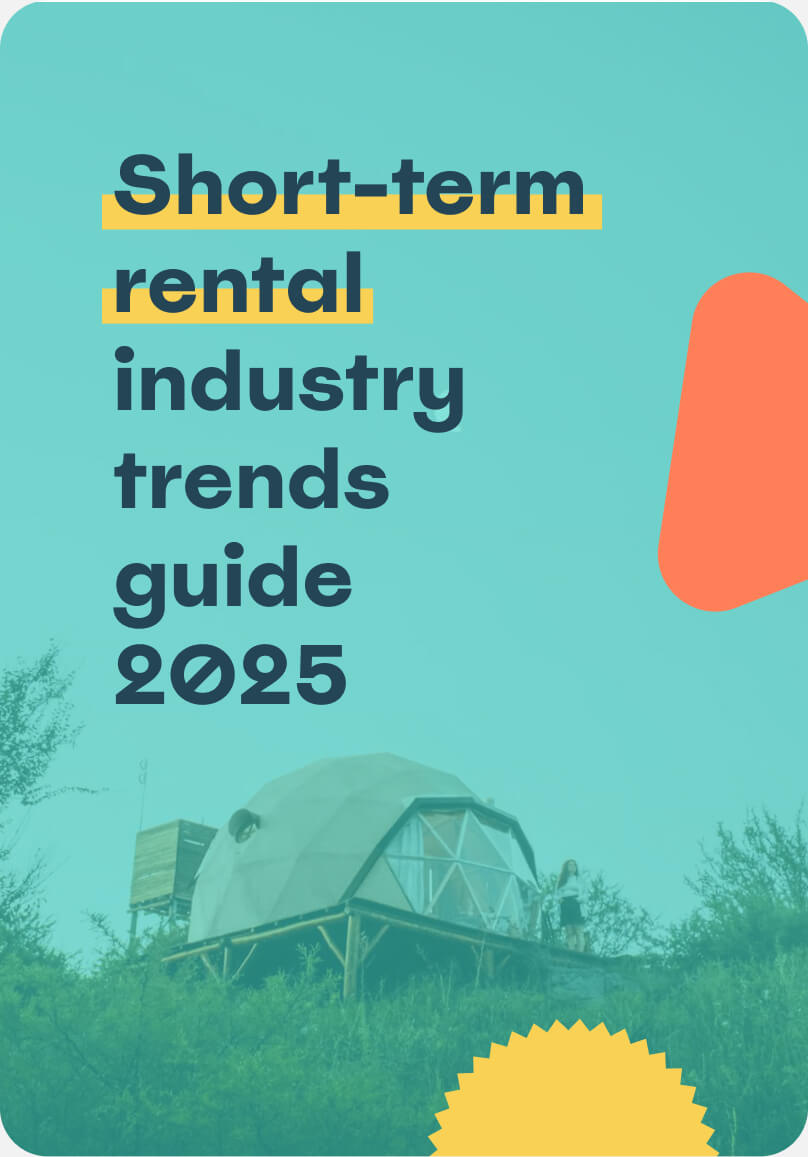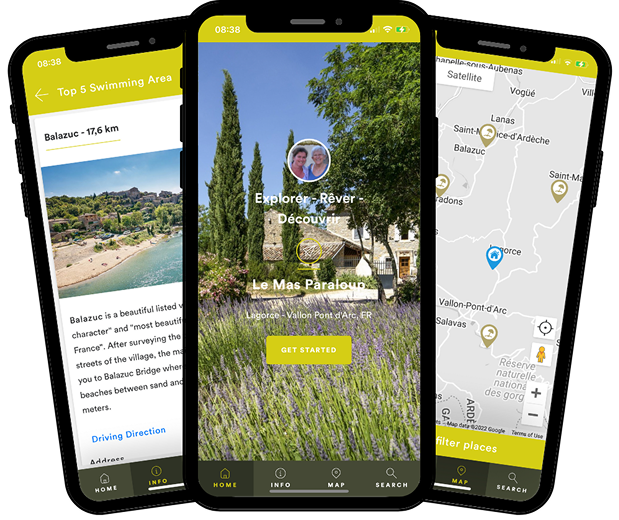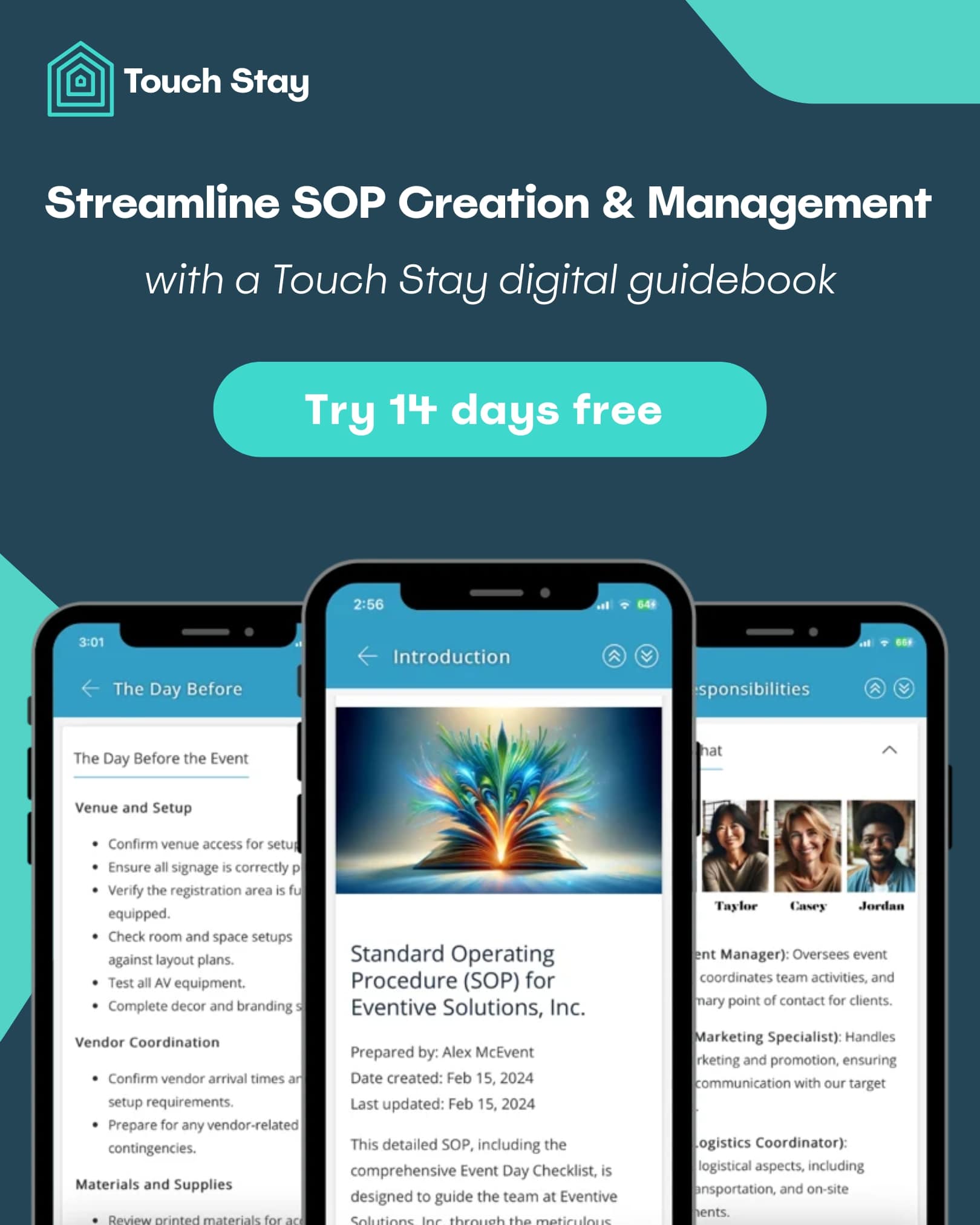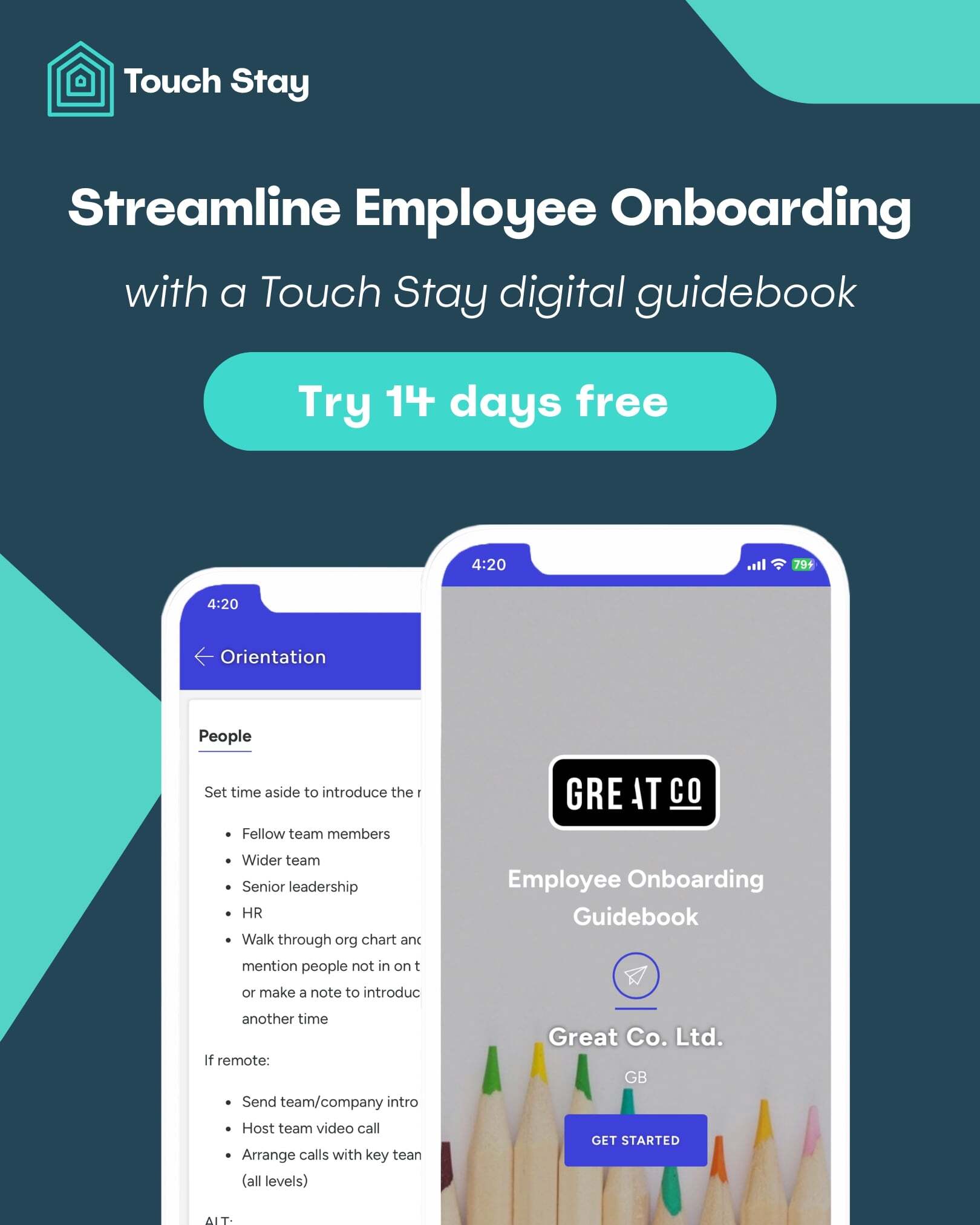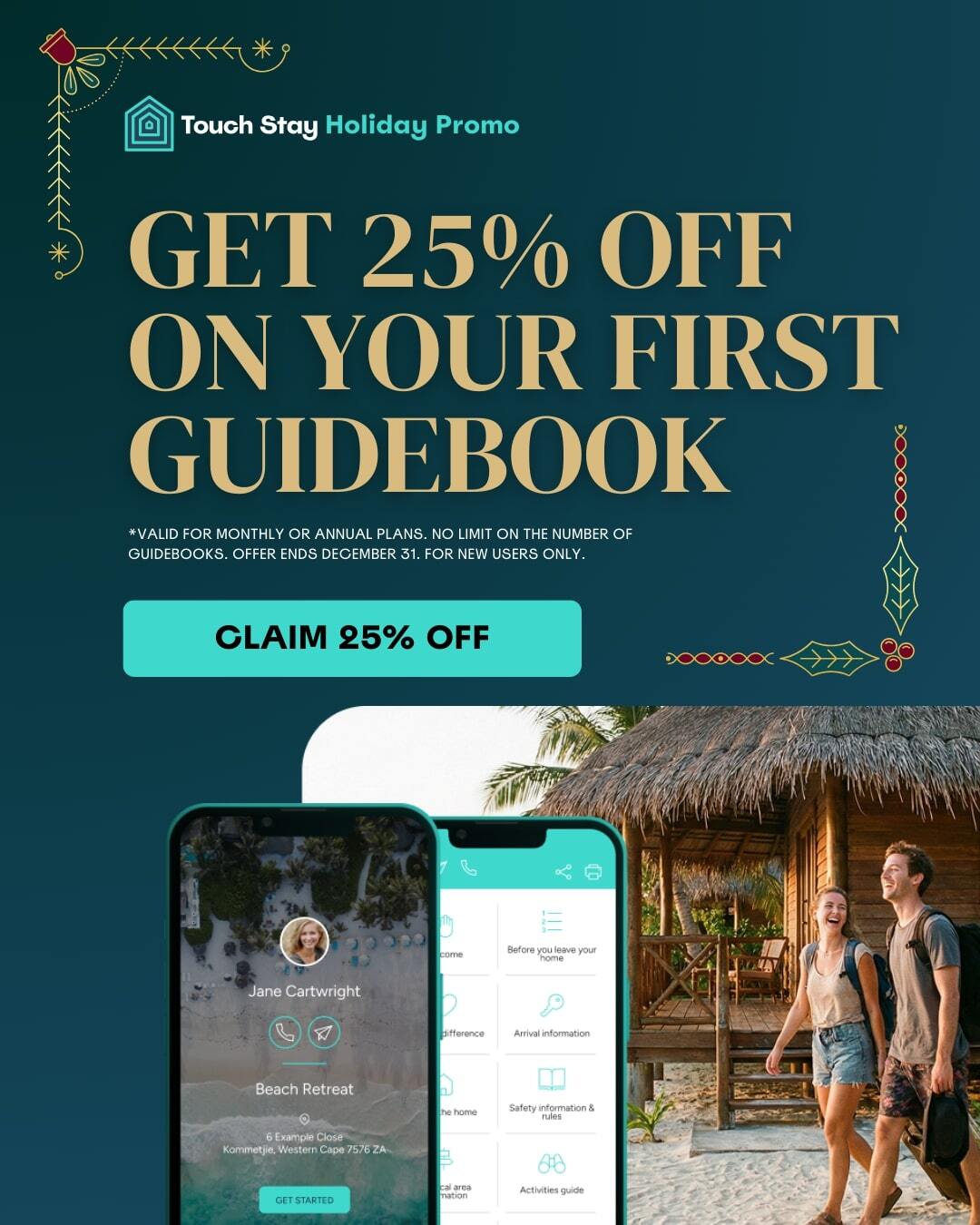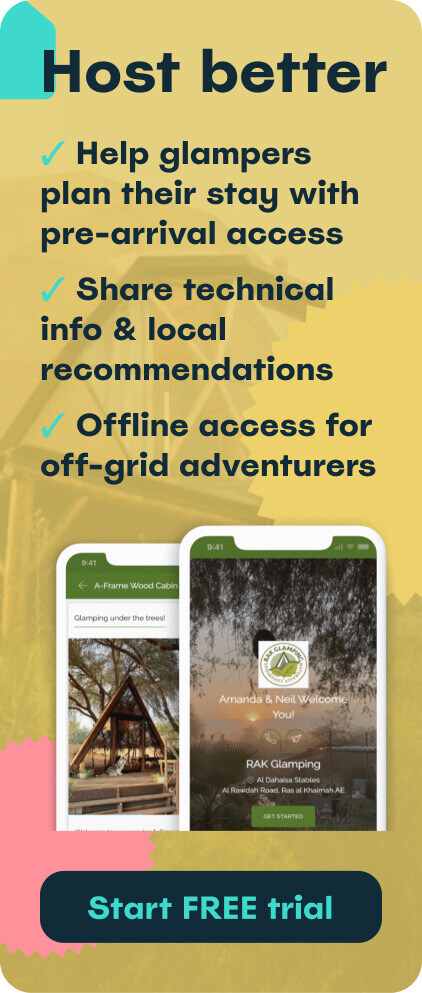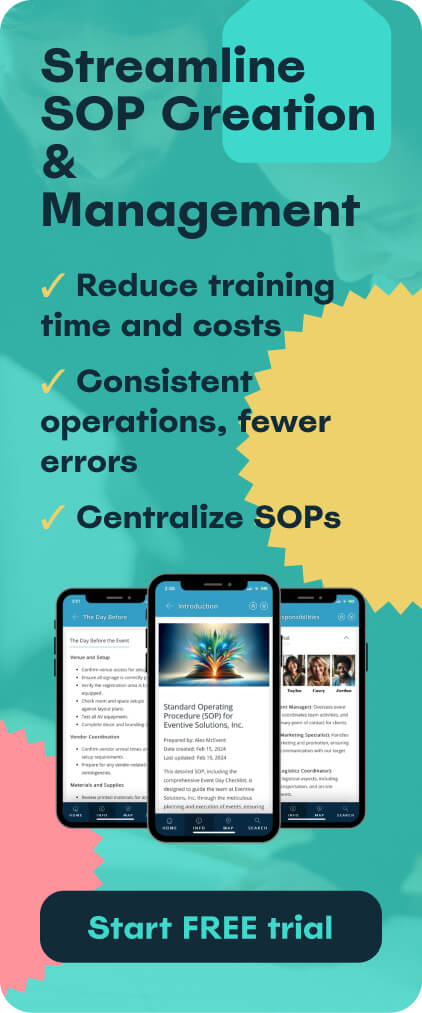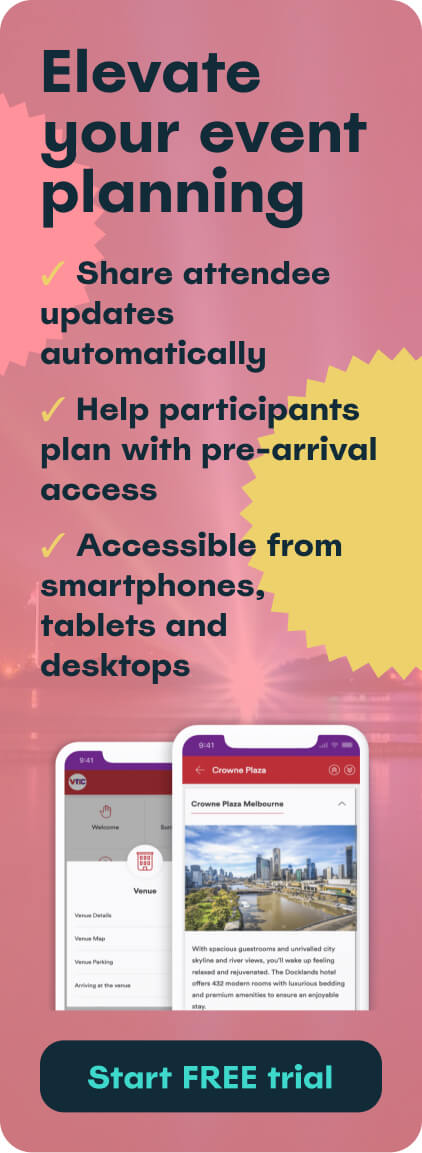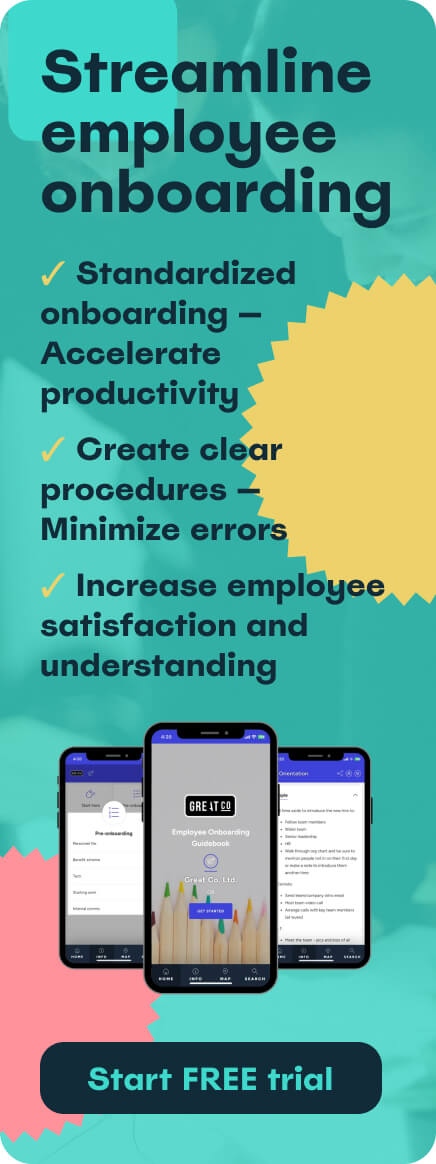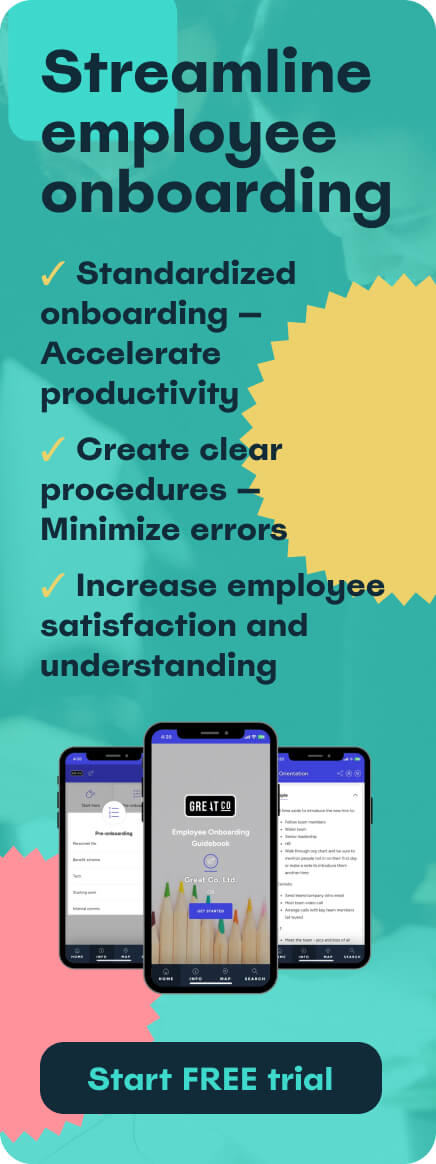Quality accreditation schemes can feel like a scary prospect. Someone arriving to scrutinise every aspect of my property in order to give it a rating? Why would I want that stress?
And yet, this is what every single one of your guests does. They may not have a formalised checklist, but they definitely have their own expectations. They may not give you an official star rating, but they’ll tell their friends and family about you, and they might give you a review.
Your property is scrutinised by every person who steps foot inside. The benefit of a quality accreditation scheme is that the scrutiniser comes with an informed, unbiased perspective. Plus, there are some added advantages:
- You can display their rating in your marketing to demonstrate that you’re part of a trusted collection of properties.
- If your rating isn’t quite where you want it to be, most schemes offer support to adapt your offering to boost it.
Andy, our co-founder and CEO, recently participated in a webinar hosted by the Association of Scotland’s Self-Caterers (ASSC): Delivering a great guest experience and receiving repeat bookings. He shared the stage with Angie Fowler, engagement manager for Quality Assurance at VisitScotland.
Quality Assurance inspect and rate holiday rentals across Scotland, and Angie gave her insights into the criteria that they use to assess self-catering properties. Watch the webinar here, or read on to find out exactly how you can make quality assurance schemes work for you.
What exactly is a quality assurance scheme?
Tourism accreditation programmes are independent schemes which assess the standards of holiday accommodation providers. Generally, those providers then gain membership to the accreditation to show that they meet the appropriate standard, and they may also receive a star rating.
Some of the most recognisable quality accreditation schemes are linked to destination marketing organisations. For example:
- VisitScotland assesses accommodation operators across Scotland.
- VisitEngland assesses accommodation operators across (you guessed it..!) England.
- The Queensland Tourism Industry Council manages the Quality Tourism Accreditation in Queensland, Australia.
Each body aims to uphold standards across tourism operators in their specific regions. This can include a range of visitor attractions and accommodation operators, but the assessment criteria are always broken down by type of operator.
For example, the various branches of Scotland’s Quality Assurance ratings cover:
- hotels
- small serviced accommodation
- self-catering
- camping & caravan parks
- hostels
- serviced apartments
So, your holiday let is only assessed alongside similar properties, according to star rating criteria which have been developed specifically for self-catering accommodation. This means that the criteria should fairly reflect the aims and resources of a self-catering business.
What are the criteria? Well, we’ll get to that in more detail further down. One of the key themes, however, is always guest communication. Quality accreditation programmes want you to communicate regularly and clearly with your guests, to ensure that they have an exceptional experience.
Good news – we can help with that! A Touch Stay digital guidebook facilitates more efficient, more effective communication with your guests. They enjoy their stay with you even more, and you actually save time.
We even asked to stay another night! Communication was superb & the guidebook was awesome for showcasing the highlights of Donegal.
– guests at Atlantic Way Lodge Donegal
Benefits of signing up to tourism star rating schemes for holiday let operators
So, now you know what’s out there if you choose to participate in a tourism accreditation scheme. But, why should you? Given that it’ll certainly involve at least some extra time, why would you sign up? Well, this is where Angie’s advice comes in handy. She explained to us exactly what benefits the VisitScotland Quality Assurance scheme brings to its members.
Expert advice from a holiday rental industry pro
When you sign up to the Quality Assurance scheme, VisitScotland connects you with an expert advisor who can give you:
- insight into industry benchmark standards
- advice on the specific criteria for each star level
- advice on how you can market your property to your target audience
- a tailored report that you can use as part of your staff training
VisitScotland is all about improving the experience of tourists in Scotland, and that means that they want your guests to enjoy their stay with you as much as possible. They’re not out to get you! Providing you with the resources to help you enhance your guest offering benefits them as well as you.
Branded marketing materials to demonstrate your quality holiday accommodation status
Tourism accreditation schemes provide logos and badges that accommodation providers can use to shout about the quality of their guest offering. You’ll receive physical stickers to place around your property, and digital logos to display on your social media, website, and in email marketing.
These logos are often highly recognisable. VisitScotland’s logo – the thistle – and VisitEngland’s logo – the rose – will be recognised by many people across the UK. At a glance, visitors can tell that you’ve been endorsed by these trusted brands.

VisitScotland’s thistle
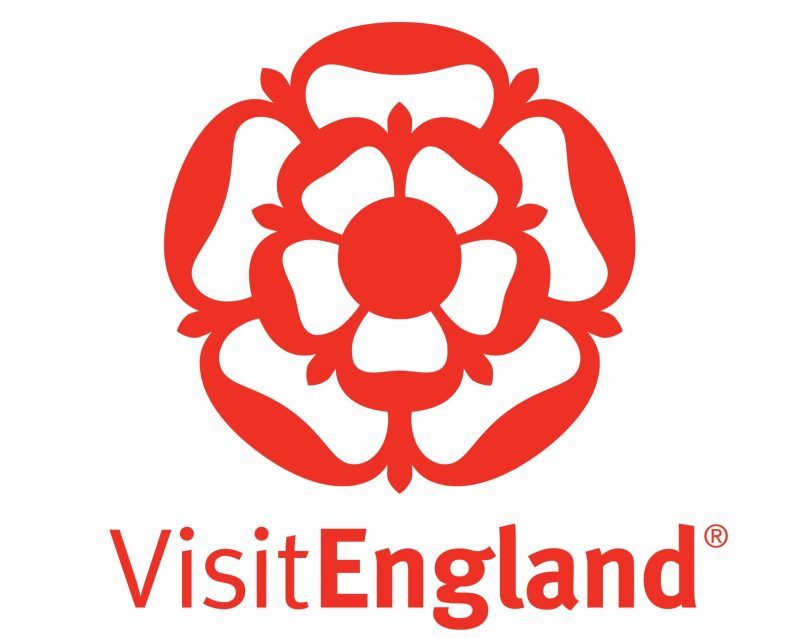
VisitEngland’s rose
Plus, some schemes have now introduced Covid-specific assessments. The “We’re good to go” logo allows holiday rental houses to clearly demonstrate that they meet heightened standards of hygiene and cleanliness.
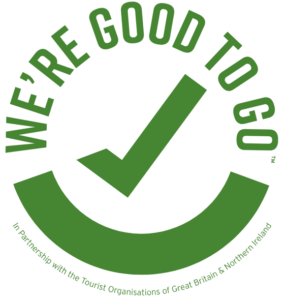
VisitBritain’s “We’re good to go” badge
READ: how hosts can ace the holiday let marketing game, for more insights into digital marketing for holiday rentals
More eyes on your holiday let property
Most quality accreditation schemes give members a listing on either their site or a partner site.
VisitScotland and VisitEngland both offer listings on their sites. The Queensland Quality Tourism Accreditation offers a listing on TrustTheTick, which supports direct bookings for accredited Queensland operators.
Listings on these sites gives you access to a set of travellers who know exactly what they’re looking for: they want quality self-catering accommodation, and they want to be assured of that quality by the local tourism organisation. You’re now part of their trusted shortlist, and more likely to catch their eye than if you were just one amongst the thousands on an online booking site such as Airbnb or Vrbo.
Access to government funding & grants for self-catering accommodation
The process of applying for accreditation can get you the evidence you need to apply for local government funding. For example, many self-catering operators used the VisitScotland Quality Assurance award to demonstrate their eligibility for government support during the Covid crisis.
Opportunities to be entered into tourism awards
Of course, it makes sense that tourism rating schemes would also be in the business of giving out awards. What better way to highlight the best of a good bunch!
VisitEngland offers Gold and Silver Awards to holiday accommodation operators who go the extra mile in providing a stellar guest experience. They also present 100 ROSE awards each year to those accommodations who truly go above and beyond for the lucky people staying with them.
Similarly, a star rating from the Queensland Tourism Industry Council makes your business eligible for the Queensland Tourism Awards.
If you receive any of these awards, you also receive award logos so that you can shout it from the rooftops!
Ultimately, more bookings for your holiday let
All of these benefits add up to make your holiday rental a far more attractive prospect for guests who know that it’s guaranteed to be of a high standard.
In fact, VisitScotland Quality Assured members with an integrated booking engine on their VisitScotland listing receive 2.4 times more bookings than their non-QA counterparts, and ultimately pull in 2.3 times as much revenue per listing!
Membership of these schemes bring tangible benefits to your bookings and revenues. They’re most definitely worth that extra effort.
Add a tool to your accreditation toolkit
A Touch Stay digital guidebook can help you to access these benefits by enhancing your guest experience. Tourism accreditation programmes ultimately want guests to have the best stay they possibly can, and that’s what we want as well!
Give your guests access to everything they could possibly need to know in a sleek, app-like format. Show off your local insights through your recommendations, and clearly present crucial instructions. Guests have a great experience, whilst you ace your quality assessment visit and save yourself time!
What do Quality Assurance assessors look for in a five-star holiday home?
So, we’ve (hopefully!) convinced you that it’s a good idea to get on board with a quality assessment scheme. How do you make sure that your property shines to its full potential?
Luckily, we got the inside scoop from Angie during the webinar. She gave us a breakdown of Quality Assurance’s “management efficiency” assessment criteria, which is composed of three subsections:
1. Comprehensive pre-arrival information for guests
According to Angie, this involves:
- professional, branded communications
- a smooth booking system
- clear communication of upsells
Essentially, guests should feel welcomed and prepared before they even arrive at your property. You need to be communicating with them at the right times, about the right things.
Support your pre-arrival communications with a Touch Stay digital guidebook. Share your guide with guests via scheduled emails/SMS before they even arrive at the property. Tell them about your additional offers, and customise your guidebook to your brand guidelines. Guests can access all the info they need and start getting excited about their stay!
2. Welcome and arrival procedures
These include:
- smooth arrangements for guests to access the property
- accessible information about how guests can contact support during their stay
- how guests are greeted – pre-Covid this often happened in person, but it could also now be via an orientation video
- how expectations are set – do guests have an accurate understanding of the property before they arrive?
- welcoming touches such as:
- a fireplace that’s ready to light
- lamps left on
- a pretty welcome card
- soft toys for the kids
- a food and drink hamper
Ultimately, guests should arrive at a property that feels like their home for the time they’re staying there.
3. In-unit guest information and personal touches
When your guests have arrived and settled in, their stay should continue to be smooth sailing. Angie looks for:
- easily available property information
- recommendations for the local area
- books and games for guests to use
- luxury extras, such as a barista coffee machine, membership to local clubs, a hot tub, etc.
- a comprehensive and well-compiled selection of personalised info
A key aspect of these criteria is the way in which you communicate with your guests. They need to have all the necessary information available, and they need to know that you care about the little details of their stay.
A Touch Stay digital guidebook is the perfect tool to support you in this. It’s the ideal replacement for a bulky, sticky guest information folder. Sleek and easy-to-update, it allows you to curate the content you provide for guests, inject your own personality, and share your local knowledge with guests before they even arrive.
Your guests feel welcome and informed from the get-go.
How to boost your chances of a high Quality Assurance star rating
Basically, this comes down to how well you can ace the guest experience. And there’s good news – guest experience is our area of expertise! Tourism bodies want guests to have a comfortable, relaxing stay, and so their star rating criteria are geared towards making this happen. If you can provide a luxurious, thoughtful guest experience, you’re well on your way to success.
To follow up on Angie’s illuminating presentation, Andy used our research to explain how you can hit those guest experience goals.
Provide the personal touch
The latest data from Transparent and AirDNA shows that the average guest review score for independent accommodation operators is 4.8, as compared to 4.45 for larger agency operators. So, good news! If you’re a smaller accommodation operator, you’re likely to already be getting higher review scores than larger property management companies.
This is because you’re able to inject your guests’ stay with that personal touch. If you’re looking for some inspiration, why not listen to Episode 1 of The Guest Cast, where Alissa Cincotta told us all about a magical private wine tasting laid on by her host in Italy.
Guests love it when you can give them an experience which is specific to you and your property, something that they couldn’t get anywhere else. This certainly counts as the “welcoming touch” that VisitScotland looks for.
Upsell the experience
It’s 90% inspiration, 10% execution
– Nick Ellis
An upsell doesn’t have to be a dusty bottle of wine that a property owner has hauled out of the bottom of their cellar at the last minute – it can be value added onto the guest’s experience.
What about the offer of a full fridge when guests arrive, so that they don’t have to run out to the shops on their first evening? Or perhaps a private gin tasting in your local distillery?
Offers such as these boost the guest experience whilst also adding to your revenues. Now all you have to do is ensure that you’re telling guests about these opportunities in advance of their stay, and you’re on your way to ticking that “comprehensive pre-arrival information” box.
WATCH: our webinar on upselling for more words of wisdom from Nick Ellis. Or, if you want a quick skim, why not read our summary of the key takeaways.
Communicate with guests more than you think you need to
Most self-catering owners communicate with guests 3-4 times between booking and arrival, and it just isn’t enough. By contrast, Tyann Marcink (Touch Stay Community Ambassador) communicates with her guests 14 times before they arrive.
Keeping in regular touch between booking and arrival is absolutely essential for helping guests to feel informed, welcomed, and excited about their stay! Download our free Guest Communication Planner to see where your current communication flow is succeeding, and where you could enhance it even further.
Communicating regularly doesn’t have to mean that you’re investing even more time. In fact, you could probably save time! Tools such as scheduled emails, message templates, and digital guidebooks can help you to communicate more effectively and more efficiently.
Be smart about how you communicate with guests
Self-catering accommodation owners often find themselves understandably frustrated by the sense that guests simply don’t read. What does it matter if you send one email or fourteen if guests aren’t going to read any of them?
The thing is, we find that guests do read Touch Stay digital guidebooks. From June-August 2021, nearly 500,000 guests opened their Touch Stay digital guidebook to access the info they needed. It’s all about presenting your information in the right way.
A huge block of text, explaining technical property info, is always going to scare guests away. They’re going on holiday, they want to relax! They just won’t bother wading through it. However, a concise email with an intriguing subject line, a quick text, or an intuitive digital guidebook are more enticing prospects.
Make your messages skimmable, succinct and, if possible, a little humorous. You’ll find that guests suddenly find them a lot more accessible.
READ: the art of effective guest communication, for a more in-depth exploration of the tone to strike when communicating with guests.
A digital guest book can help you to meet tourism accreditation criteria
Some of the key Quality Assurance requirements that Angie mentioned include:
- professional, branded communications
- clear communication of upsells
- clear arrangements for guest access to the property
- clear instructions about how guests can reach support during their stay
- setting accurate expectations
- easily available practical information
- local area info
- personal recommendations
A Touch Stay digital guidebook helps you to tick all of these boxes, setting you on the right path for a 5-star rating! Leave the out-of-date, unwieldy guest information book in the past, and replace it with the modernised digital version.
- Brand your guidebook with your own colours, logos, pictures, and videos.
- Start with one of our templates and customise the content and structure as much as you need.
- Send the guidebook link to guests multiple times before they arrive at the property, so that they have everything they could possibly need well in advance.
A Touch Stay digital guest welcome book perfectly complements your current processes to take your guest experience to the next level, and to help you ace your quality assurance assessment.

Laura Clayton
Laura Clayton is a copywriter with a BA in fiction writing from Columbia College Chicago. From holding a position as a background investigator retained by the United States government, to teaching English, and writing about real estate, Laura has a diverse and varied background. She has been writing for SaaS companies since 2019 in a wide range of industries.
Be the first to know!
Join our newsletter for early access to:
- ✅ Free guides
- ✅ Pro tips & tricks
- ✅ Time saving tutorials
- ✅ Latest blog posts
- ✅ Checklists & templates
